Startseite » Expertise

3D printing or additive manufacturing is already established in many areas and industries. 3D printing impresses users in areas such as the construction of demonstration and functional prototypes, manufacturing small and medium-sized series and, increasingly, in series production. It is no longer a trade secret that additive manufacturing offers significant advantages over conventional subtractive manufacturing processes.
3D printing / Additive manufacturing:
Additive manufacturing offers large OEM parts manufacturers from a wide range of industries the opportunity to position themselves in a future-oriented manner. At the same time, 3D printing realises new customer benefits and savings potential and helps to achieve sustainability goals.
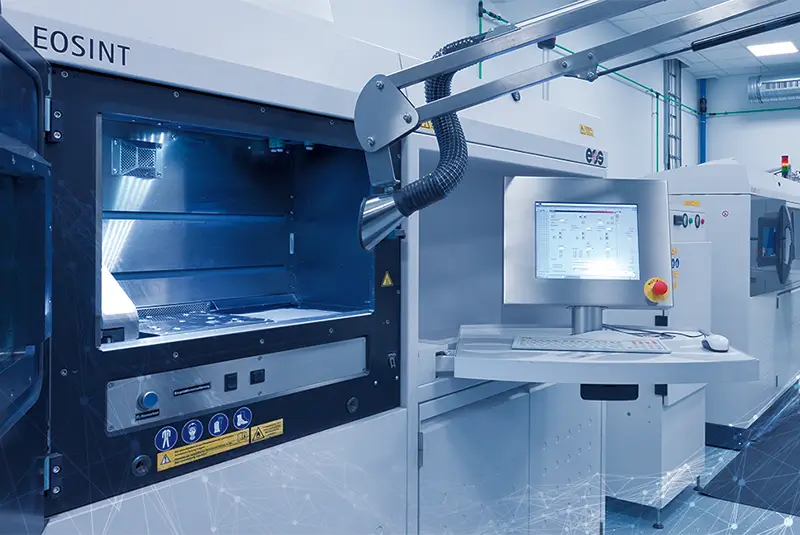
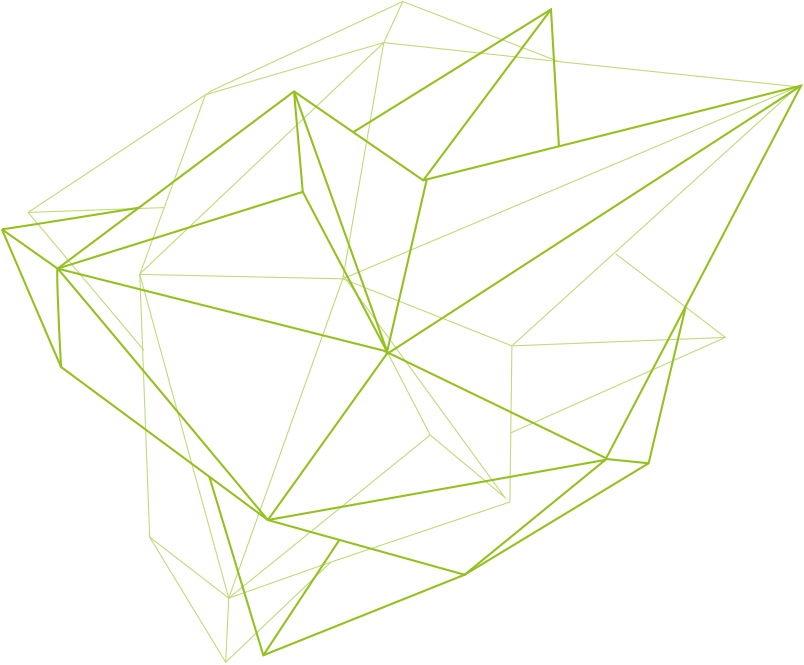
Layer by layer, without tools or moulds – this is how metal components are created in the selective laser melting process. The printing materials used are metal powders developed especially for this process. With SLM, designers can make the most of completely new possibilities: Individualised metal parts with previously unknown geometric complexity can be manufactured without any problems. Lightweight workpieces are also even lighter thanks to SLM because hollow structures can be produced with little or no support structures using the powder bed process. Nevertheless, their mechanical characteristics are so good that they can easily be used as normally resilient end components.
Learn more
Selective laser sintering is the classic of 3D printing technologies. In the build space of the printer, a powder made of polymers is placed on a movable platform. Precise laser beams fuse the powder particles into the digitally predefined shape. Layer by layer, three-dimensional objects are created from bottom to top. Complex geometric shapes are also possible with this layering process. These can be up to 910 x 430 x 405 mm in size. For larger components, individual parts can be printed separately and then joined together.
Learn more
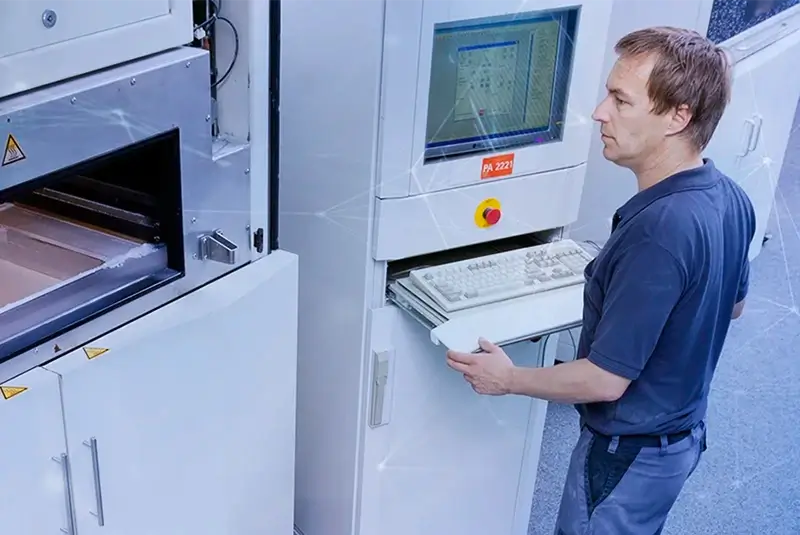

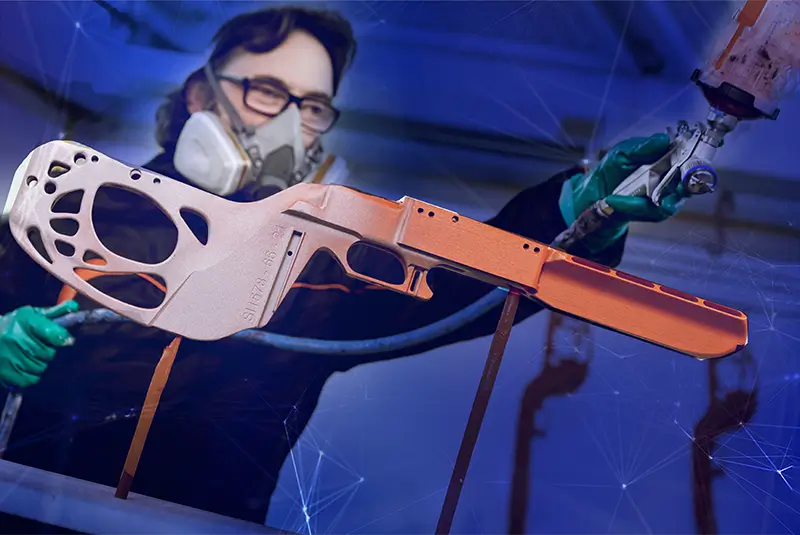

After additive manufacturing, our plastic components are not yet finished. In the next step, we process them with our surface technology in order to individually adapt surfaces and their properties. When doing so, we can realise every technically feasible finish. Our options range from individual colour requests as a paint application or colour infiltration to EDM. We can also smooth and grind your components on request. What’s more, we additionally use coatings to make our plastic components more resistant to damage and safety-impairing corrosion, abrasion or adhesion. If necessary, our finishing measures also include assembly work such as assembling groups of components and inserting threaded inserts.
Learn more
To optimally shape 3D-printed metal components, we often send them to a milling machine for post-processing. Our partner for this task is the company Henkel Modellbau GmbH, which specialises in the 5-axis milling of metals and plastics. With its high-tech machinery, Henkel Modellbau offers the perfect conditions for top-quality metal products. Our in-house facilities offer other finishing processes such as hardening and nitriding, chrome plating, anodising and coating.
Learn more
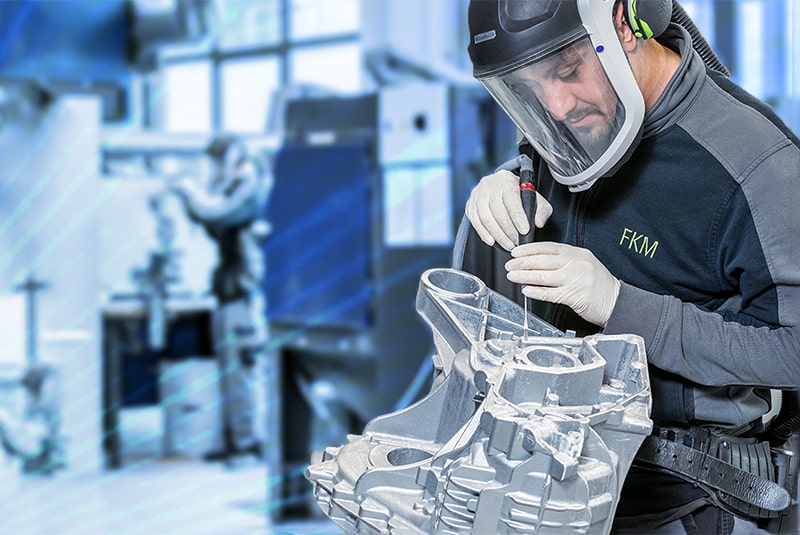

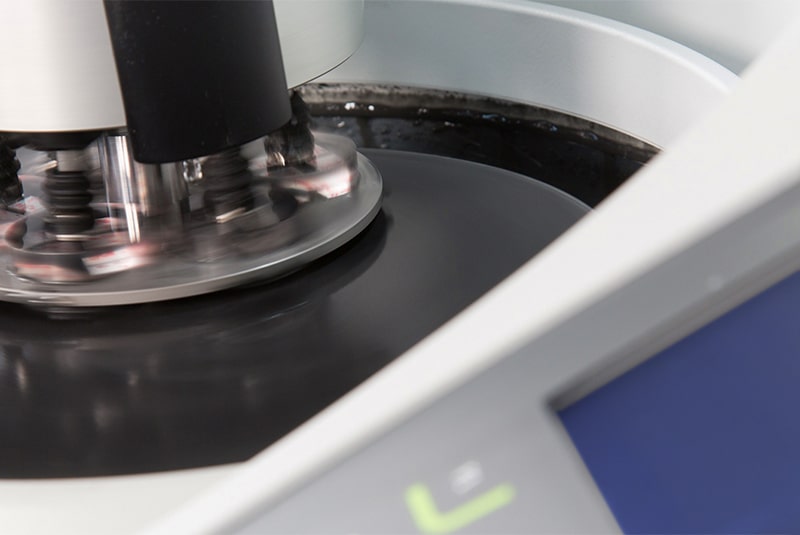

Defined standards ensure reproducible and consistently high product quality and safety. This is why we have been relying on systematic quality management in our additive manufacturing for many years. In 2014, we set up our own test laboratory to test our 3D-printed objects. We use high-resolution scanners for optical inspection and tensile tests for mechanical inspection, among others. In addition, we determine shore hardness and check the density of the objects.
Selective laser melting (SLM) provides designers with plenty of scope for rethinking design. Its additive process offers completely new design freedom for metal components: From support-free construction in the future to lightweight construction and hybrid construction, much more is possible than with conventional machining or casting processes. In addition, there is almost no limit to the complexity of geometries.
“In general, any contour can be produced with metal laser melting.”

Selective laser sintering (SLS) enables the production of plastic components with almost any shape and geometry. To ensure a stable design that is appropriate for the intended use, designers should consider a number of aspects in advance, for example component dimensions, layer thicknesses and wall thicknesses. Significant cost savings can also be achieved with design measures. We would be happy to tell you more about these possibilities and advise you personally.
“In general, any contour can be produced with plastic laser sintering.”

Sie haben Fragen?
Nehmen Sie zu uns Kontakt auf.
Do you have any questions?
Please get in touch with us.